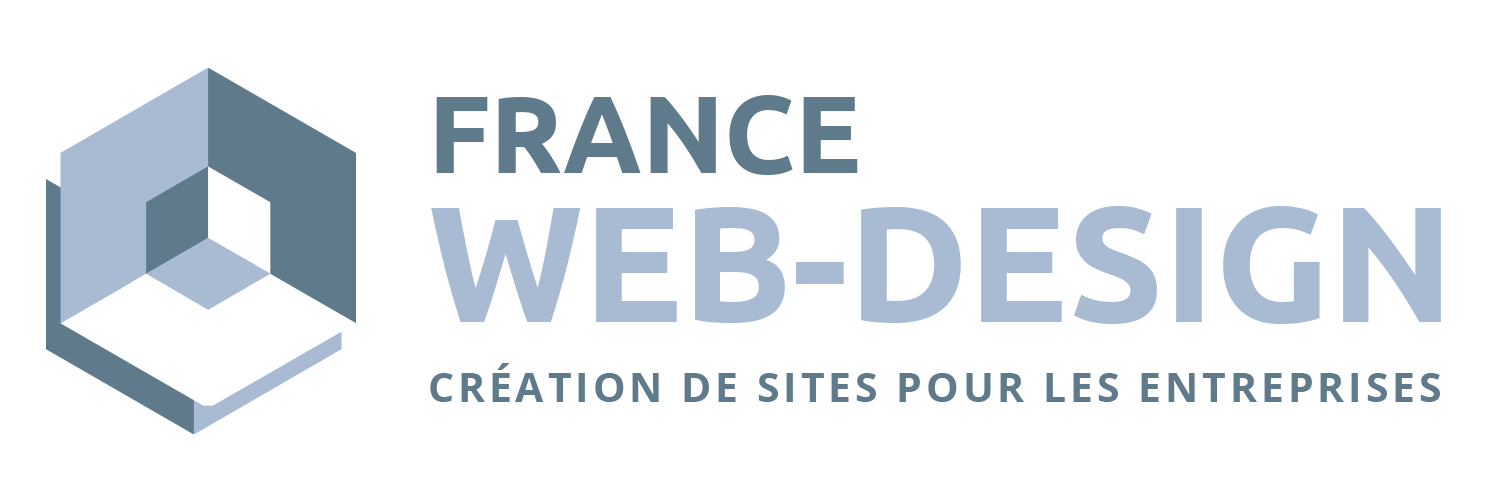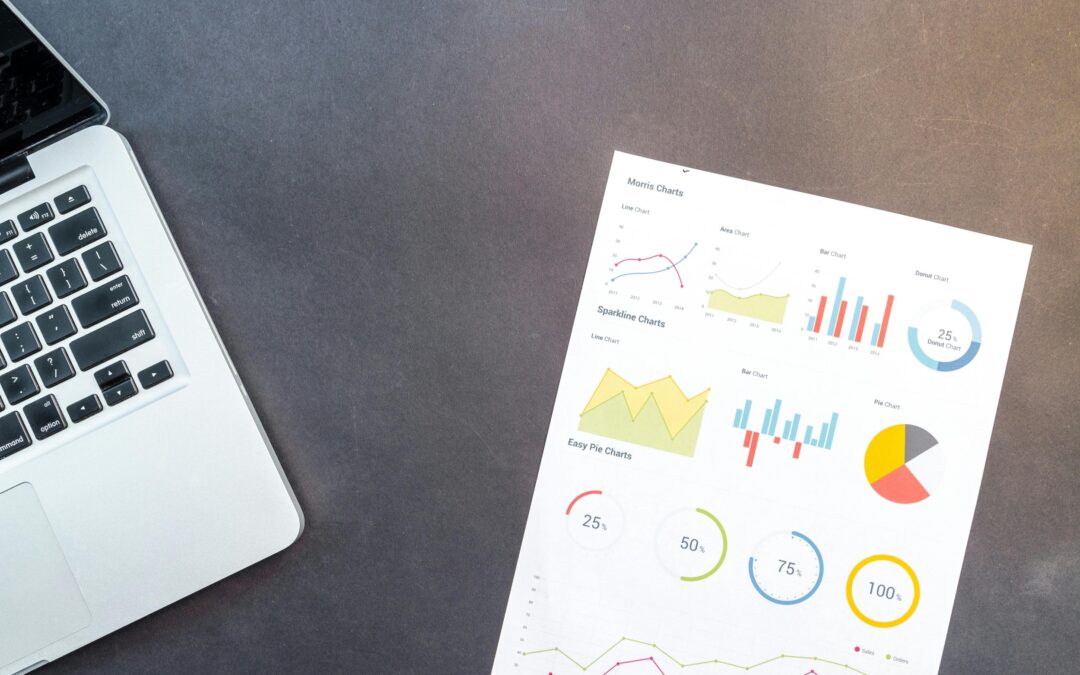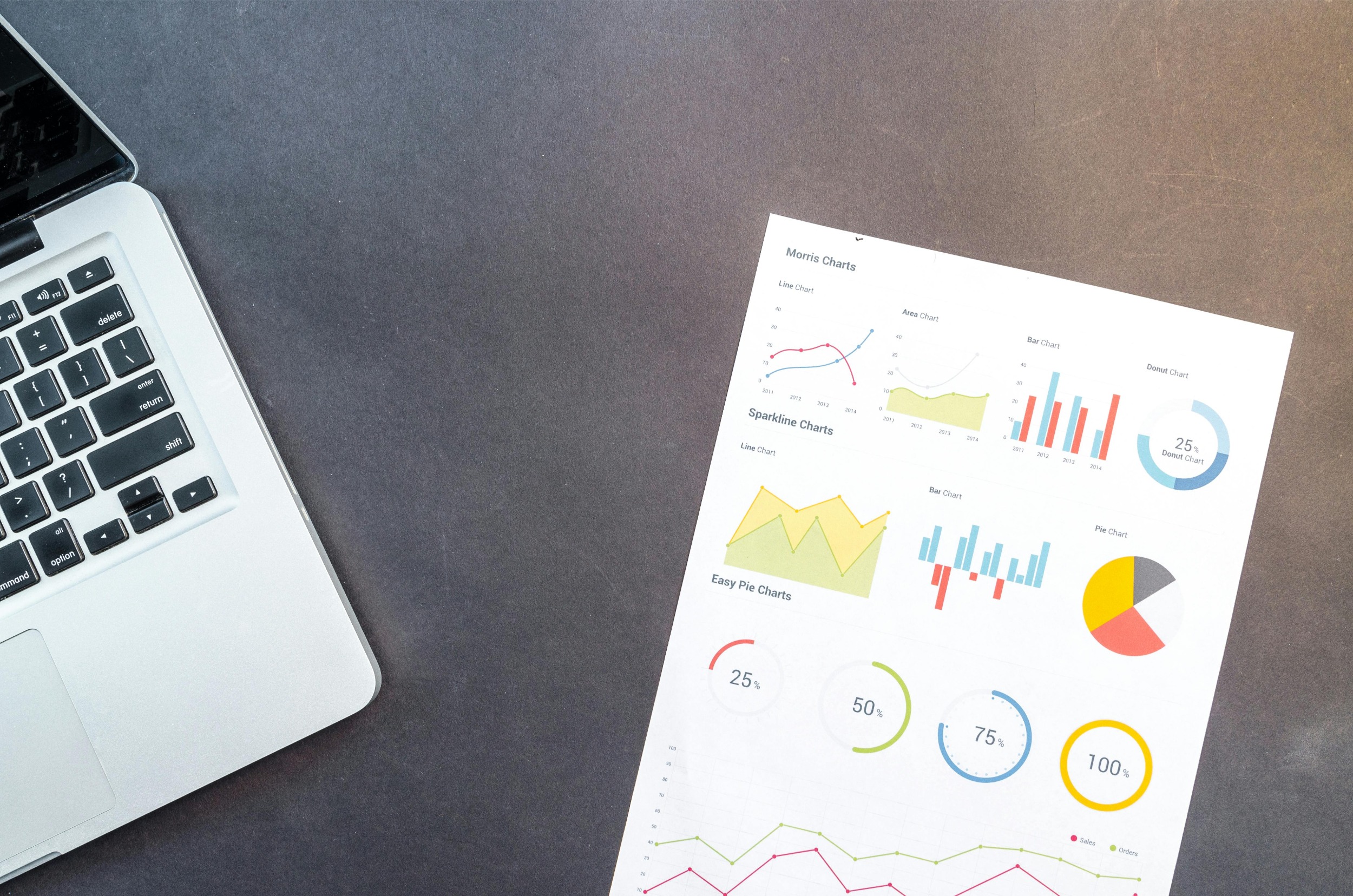Understanding the importance of podcasts for SEO
Over the last few years, the digital world has seen a surge in the popularity of podcasts. This type of content has captured the attention of an ever-growing audience, who often prefer to consume information in the form of audio discussions or lectures rather than by reading articles. As a result, podcasts have become a crucial tool for SEO strategies. Injected intelligently into an SEO strategy, they can help improve online visibility, user engagement and search engine rankings.
The benefits of tags for better referencing of Podcasts
A very effective method of helping search engines to understand the content of your podcast is to use tags. These tags provide search engines with detailed information about the specific content of a podcast, enabling it to be catalogued more accurately during indexing. Tags can be used to indicate the title, description, creator and even the image of the episode. Correct and consistent use of tags can therefore contribute to greater visibility and accurate classification by search engines.
The importance of podcast transcriptions for SEO
In addition to tags, another SEO technique for podcasts is transcription. By transcribing your podcast in full, you enable search engines to index the content by keywords. These transcribed keywords can considerably increase the visibility of your content on search engines. What's more, transcriptions make your podcasts accessible to a wider audience, including those who are hard of hearing or prefer to read rather than listen.
Need a website?
Ask for a free quote!
html
The rise of podcasts and new SEO signals
When Apple separated its Podcasts app from its Music app in 2012, the number of indexed audio RSS feeds jumped by 27 % in less than a year. This acceleration forced Google, Bing and even Yandex to revise their algorithms to include metrics that had previously been ignored: average listening time, depth of engagement with the episode and frequency of updates. or the stream. This created a body of specific SEO signals, comparable to the E-A-T criteria (Expertise, Authoritativeness, Trustworthiness) but contextualised in audio. In 2020, Google went one step further by making episodes "playable" directly from the SERP, giving podcasts a status similar to that of YouTube videos. In concrete terms, a query such as "marketing post-cookies" now returns extracts from programmes from Digiday's podcast, among others, with dynamic chaptering and time-stamps. Well-marked episode pages thus gain an organic exposure surface equivalent to a traditional "featured snippet".
or the stream. This created a body of specific SEO signals, comparable to the E-A-T criteria (Expertise, Authoritativeness, Trustworthiness) but contextualised in audio. In 2020, Google went one step further by making episodes "playable" directly from the SERP, giving podcasts a status similar to that of YouTube videos. In concrete terms, a query such as "marketing post-cookies" now returns extracts from programmes from Digiday's podcast, among others, with dynamic chaptering and time-stamps. Well-marked episode pages thus gain an organic exposure surface equivalent to a traditional "featured snippet".
This shift has not only benefited the major media; small independent productions such as "Génération Do It Yourself", hosted by Matthieu Stefani, have seen their organic traffic grow by 15 % after putting online episode pages structured with schema.org/PodcastEpisode. SEO is therefore becoming an audio playground where competition is measured less by the volume of keywords than by the quality of the semantic and engagement signals captured by crawlers. Understanding these new signals is the first step towards a successful audio SEO strategy.
How Google explores and understands audio
Automatic transcription as a gateway
Back in 2017, Google Speech-to-Text was trained on 2,000,000 hours of public podcasts to improve its multilingual accuracy. When an RSS feed is detected, the robot extracts the audio file, generates a transcription and stores it in its internal index. This text is not always accessible to webmasters, but has a direct influence on the ranking. A comparison of two HubSpot series - one transcribed manually, the other left to automatic transcription - shows an average difference of nine positions on identical long tail queries, proof that the form and punctuation of the transcription influence the TF-IDF weighting and the Named Entities Recognised (NER).
Indexing via Google P odcasts and YouTube Music
odcasts and YouTube Music
The rebranding of Google Play Music to YouTube Music has announced the integration of RSS feeds into the YouTube ecosystem. In practical terms, each episode hosted on a compatible provider (Anchor, Ausha, etc.) is encapsulated in a YouTube page with a canonical tag pointing to the original site. This "satellite-hub" architecture offers high-authority link juice and almost instantaneous indexing. The lesson for SEOs: declaring your own canonical prevents dilution of PageRank and centralises authority on your main domain.
The importance of tags: titles, descriptions and Open Graph specific to podcasts
The trio <title>, <meta name= "description"> and <link rel= "alternate " type= "application/rss+xml"> form the hard core of any on-page optimisation. However, for a podcast, you need to add micro-data: <meta name= "podcast:episode_number">, <meta name= "podcast:season"> and <meta property= "og:audio">. Spotify and Apple Podcasts use these tags to display the episode number, while Google mainly reads the "title" field of the RSS feed. A test carried out in 2021 by Pacific Content shows that a title containing the target keyword + the episode number gains 12 % extra clicks in the SERP. For example: "#42 - UX Design and accessibility" performs better than "UX Design and accessibility - Episode 42". The order of the elements acts like semantic front-loading, a technique that is already valid in classic SEO.
For Open Graph, the <meta property="og:audio:type" content="audio/mpeg"> tag ensures correct preloading on Safari and Chrome 89+. Without it, Facebook and LinkedIn fallback to a generic thumbnail, reducing the interactive preview. As for <meta name="twitter:player">, it creates an embedded player directly in the timeline, improving the listening time notified to the Flock algorithm. These social signals then reappear in the link graph, reinforcing authority, hence the importance of mastering all the tags, not just the classic description.
Transcriptions: the semantic heart of your strategy
Full transcript vs. executive summary
A word-for-word transcription provides a lexical set of around 9,000 words for a one-hour episode. This volume feeds the semantic richness, but risks diluting relevance if off-topic digressions are frequent. Conversely, an analytical summary (≈ 1,200 words) highlights the major entities but loses the conversational context useful to the BERT algorithm. The best practice observed at "The Vergecast consists of publishing the full transcript in a &p; tag, then a 300-word summary in a <aside> tag, excluded from the CSS print. The crawlers see the whole thing, the user scans the digest; the UX-SEO balance is respected.
NPR case: "This American Life
In 2018, NPR migrated its entire archive to an in-house CMS based on Django. Each episode was provided with a tagged transcript <section itemprop="transcript">. The result: +23 % organic sessions in six months, and an explosion of extracts in position zero for queries such as "Harper High School case study". The data team even correlated these gains with the arrival of over 900 academic backlinks, with researchers and teachers quoting the transcript rather than the audio. This demonstrates the power of transcripts as a primary source of citations, an advantage that audio alone cannot offer.
Semantic cleansing techniques
Spoken stop-words (" euh , " voilà , " du coup ) are detrimental to the density of relevant terms. Using a Python script (spaCy) to filter these tokens before publication increases the share of keywords by 3 %. Similarly, transforming timestamps into internal anchors (<a href="#t=12:35″>12:35) multiplies the probability of obtaining a "key moment" in Google, equivalent to video chaptering. Tools such as Descript or Happy Scribe automate 70 % of this process, freeing up time for manual optimisation of entities.
HTML structuring for podcasts: Schema.org and JSON-LD markup
Choosing the right type: PodcastSeries vs. PodcastEpisode
The PodcastSeries type describes the collection, while PodcastEpisode targets the episode page. Incorrect markup (e.g. using PodcastSeries on each episode) prevents Google from making the hierarchical link, annihilating navigation by "seasons" in the SERP. The Guardian, after correcting 1,840 pages in 2019, observed a 19 % increase in the click-through rate to its political episodes. Prioritisation also helps voice assistants: a user can say "Ok Google, play episode 5, season 2 of Today in Focus , query impossible without the "partOfSeries ." property.
Full beaconing in practice
A minimal JSON-LD block :
{
"@context": "https://schema.org",
"@type: "PodcastEpisode",
"name": "What future for teleworking?
"description": "Cross-disciplinary debate between sociologists and HRDs",
"url": "https://exemple.com/episodes/teletravail",
"datePublished": "2023-03-04",
"partOfSeries": {
"@type: "PodcastSeries",
"name": "HR Futur",
"url": "https://exemple.com/podcast/hr-futur"
},
"associatedMedia": {
"@type": "MediaObject",
"contentUrl": "https://cdn.exemple.com/audio/ep12.mp3",
"encodingFormat": "audio/mpeg",
"duration": "PT42M15S"
}
}
The field associatedMedia is crucial: without a direct URL, Google cannot pre-generate the audio thumbnail in Discover.
Speed and mobile optimisation for episode pages
The Core Web Vitals also apply to podcasts. Visit Largest Contentful Paint (LCP) is often penalised by a JavaScript audio player (>150 Kb). Gimlet Media has replaced its custom HTML5 player with a simple <audio controls> native player, reducing the LCP from 4.2 s to 1.8 s and gaining two average positions. Another aspect: the Lazy-loading format for transcripts halves the TTI (Time to Interactive); the first 200 lines are loaded, and the rest are scrolled. The script loading="lazy" There's no need to use Gatsby or NextJS if the infrastructure isn't ready.
Backlinks and co-citations generated by the podcast ecosystem
Unlike a YouTube video, an audio episode often encourages text citations: academics, bloggers and journalists insert links to the transcript to support a point. The MIT Media Lab analysed 14,000 academic citations between 2019 and 2022: 62 % point to the textual page-episode; only 11 % to the RSS feed. Clearly, the page with the transcript is the most authoritative. Case in point: the "AI and Ethics" episode of the Sam Harris podcast acquired 48 .edu links after publication of the transcript by OpenAI, boosting the Domain Rating by 3 points according to Ahrefs.
Unlinked co-citations (brand mentions) are also better detected thanks to the text. A mention of "according to podcast X" is enough for Google to establish a cluster of co-occurrences, reinforcing the site's identity. This corroborates Bill Slawski's work on entity theory. Moral: publishing the text is not just an act of accessibility, it's a netlinking lever.
Performance measurement: SEO and audio analytics KPIs combined
Traditional tracking (impressions, clicks, position) via Google Search Console should be combined with audio metrics: listening rate at 75 %, subscriptions, and social shares. A Looker Studio dashboard can aggregate GSC + Apple Podcast Connect via an App Script. A negative correlation is sometimes observed: an SEO-optimised title (packed with keywords) increases visibility but reduces click-through in Spotify, where the audience prefers short, catchy titles. A/B experimentation over two weeks remains the best method for arbitration.
Another KPI is SERP Audio Engagement (SAE): the number of listens generated directly from the SERP divided by the number of impressions. NPR targets an SAE of 1 %, considering that search is only one acquisition channel among others. Keeping track of this data will help you avoid the pitfalls of a strategy that focuses too much on SEO to the detriment of editorial quality.
Common mistakes and myths to avoid
Myth no. 1: "RSS feeds are enough for Google. False: without an HTML page including the transcript, your chances of ranking on informational queries are slim. Myth 2: "A partial transcript penalises . Google doesn't punish the absence of text, it ignores it. You're simply missing out on an opportunity. Myth no. 3: "MP3 ID3 tags are taken into account . To date, no major engine reads ID3 tags for ranking purposes; they are only used by podcast apps.
Frequent technical errors: declaring several <link rel= "canonical"> (feed + page); forgetting the <language> tag in RSS (impacts geographic targeting); blocking the crawler on the CDN sub-domain where the MP3 is located (HTTP 403). A Screaming Frog audit coupled with the Custom Extraction mode can be used to test the correct propagation of the schema.org/PodcastEpisode tags.
10-step operational roadmap
Creation of a landing page parent (PodcastSeries) with description, RSS feed and subscription link.
Publication of each page-episode under a short slug (e.g. /podcast/42-ux-design) to avoid URLs that are too long.
Inserting the JSON-LD PodcastEpisode complete with partOfSeries and associatedMedia.
Production of a full transcript + 300-word summary, stop-word clean-up.
Addition of anchored chapters via IDs #t=mm:ss to activate "key moments" in the SERP.
Optimising Open Graph/Twitter tags (og:audio, twitter:player).
Minification of audio playerlazy-loading of heavy elements to pass Core Web Vitals.
Declaration of a canonical unique to the HTML page from YouTube/Anchor to consolidate PageRank.
Campaign academic outreach highlighting the transcript as the source of the quote.
Monitoring Cross-referenced KPIs (GSC + audio analytics) in Looker Studio, monthly iteration.
Strategic conclusion
Podcasts are much more than a content marketing channel: they create an ecosystem of entities, links and engagement signals that search engines are now integrating into their algorithms. By mastering tags, publishing quality transcripts and aligning technical performance and accessibility, you can turn each episode into a lasting SEO asset. At a time when voice search is on the rise (27 % of mobile sessions according to ComScore 2023), investing in the optimisation of audio content is no longer an option, but a logical extension of a holistic visibility strategy.


 odcasts and YouTube Music
odcasts and YouTube Music






